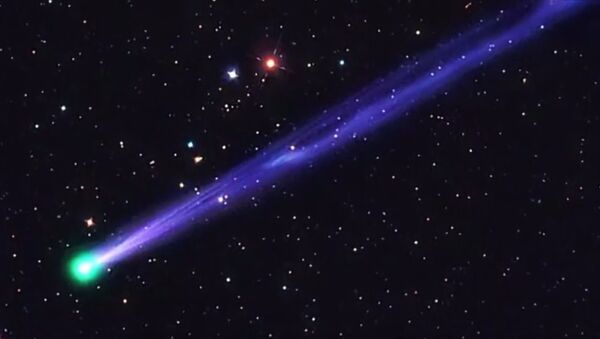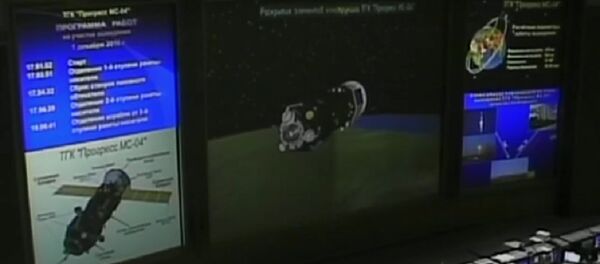JPL posted to Twitter Wednesday, "Say farewell to 2016 in cosmic style by looking up to see the #NewYearsEve #comet on December 31."According to NASA, the comet first appeared on the western horizon December 15, taking on a blue-green color by December 21.
"On New Year’s Eve, the comet and the crescent moon will rendezvous to say farewell to 2016. A ‘periodic’ comet is a previously-identified comet that’s on a return visit." says the NASAJPL website, adding that the new year’s comet will reappear in another five years.
Astronomical lecturer Dr. David Reitzel said that the comet could be seen with a telescope or strong binoculars, but advised that Earthbound viewers will be able to better see the comet as it transits closer to us in February 2017.
Two other comets, C/2016 U1 NEOWISE and Comet Catalina will be visible in early 2017 as well.
NASA officials say NEOWISE is "Moving farther south each day, and it will reach its closest point to the sun, inside the orbit of Mercury, on Jan. 14, before heading back out to the outer reaches of the solar system for an orbit lasting thousands of years."


